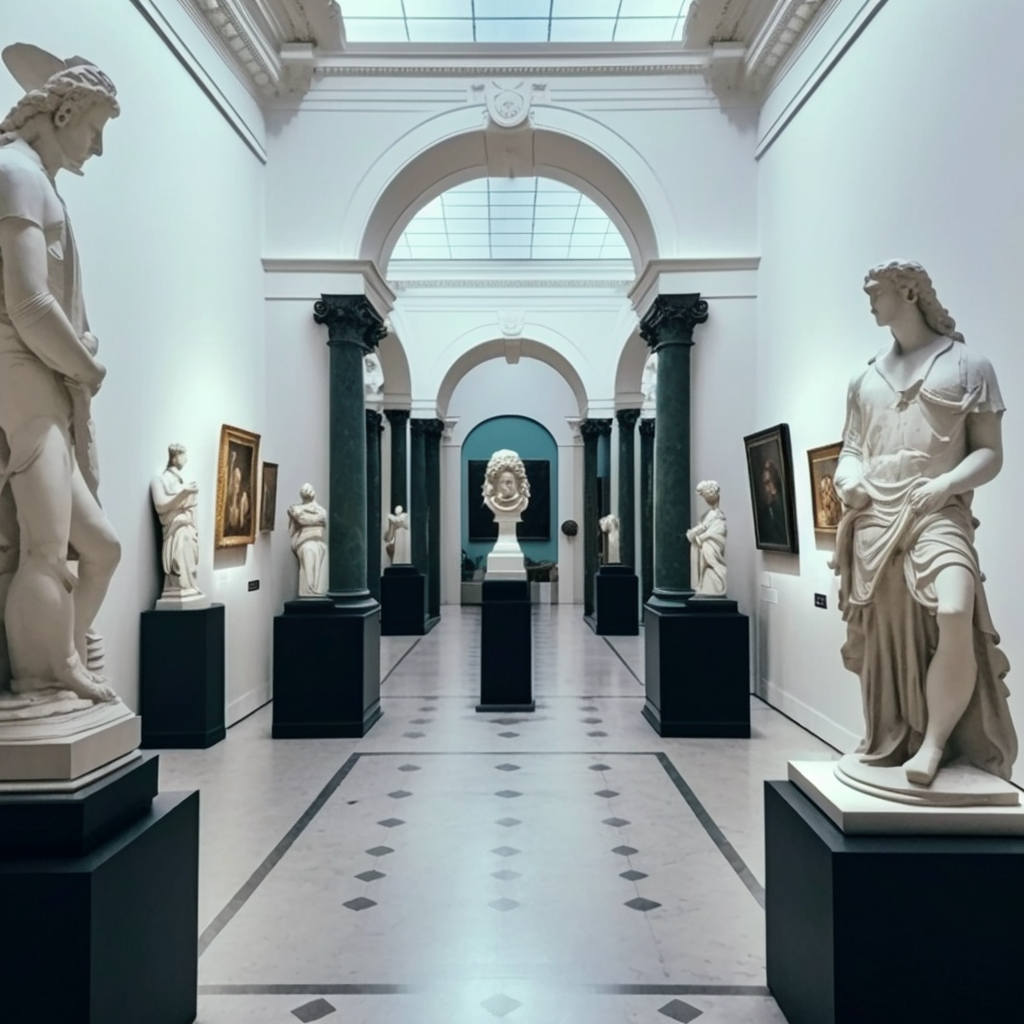The Prado Museum in Madrid, Spain is home to one of the world’s most impressive collections of artwork. Spanning centuries, the Prado is an incredible showcase of the history of European art, with works from some of the most renowned painters, sculptors, and printmakers of all time. From the celebrated works of Diego Velázquez and Francisco de Goya to the iconic sculptures of Antonio Canova and Fernando Botero, the Prado Museum is the perfect destination for anyone interested in exploring the rich artistic heritage of Spain and the rest of Europe. In this article, we will take a closer look at some of the masterpieces of the Prado and what makes them so special.
Major Attractions of the Prado
The Prado Museum is named after the Paseo del Prado, which was a grand avenue in Madrid in the 18th century. The name Prado comes from the Spanish word for meadow or meadowland. The Prado Museum in Madrid, Spain is home to some of the world’s most renowned works of art. Featuring works from the 12th to the 19th century, the Prado is a treasure trove of masterpieces, including The Garden of Earthly Delights by Hieronymus Bosch, Las Meninas by Diego Velázquez, and The Third of May 1808 by Francisco Goya.
- The Garden of Earthly Delights by Hieronymus Bosch is an oil on wood triptych painting from the early 16th century. The painting consists of three scenes: the Garden of Eden, the Garden of Earthly Pleasures, and Hell. This painting is considered one of the most famous works of the Early Netherlandish painting tradition and has been widely studied and interpreted.
- Las Meninas by Diego Velázquez is an oil on canvas painting from the 17th century. The painting depicts the young Infanta Margarita surrounded by her entourage of maids of honor, chaperone, bodyguard, and pet dwarf. The work is considered to be one of the most important works in the Western painting tradition and has been widely studied and interpreted.
- The Third of May 1808 by Francisco Goya is an oil on canvas painting from the early 19th century. The painting depicts a Spanish firing squad executing a group of rebels during the uprising against the French occupation of Spain. The painting is considered to be a masterwork of Spanish Romanticism and has been widely studied and interpreted.
Other Notable Artworks at the Prado
In this article’s part, we will explore three of the notable artworks at the Prado Museum: Juan de Flandes’ The Immaculate Conception, Fra Angelico’s The Annunciation, and El Greco’s The Nobleman with His Hand on His Chest.
- The Immaculate Conception by Juan de Flandes is a masterpiece from the 15th century depicting the Virgin Mary. The painting shows a serene Mary standing in a golden, glowing light with her hands clasped in prayer. The composition is dynamic and the colors are vibrant, making it a stunning example of Flandes’ work.
- The Annunciation by Fra Angelico is a gorgeous painting from the 15th century featuring the angel Gabriel announcing to the Virgin Mary that she will bear the Son of God. The painting is full of beautiful details, from the light streaming in from the windows to the delicate folds of Mary’s blue robe. It is a classic example of Fra Angelico’s work.
- The Nobleman with His Hand on His Chest by El Greco is a beautiful painting from the 17th century. The painting depicts a nobleman dressed in a fine red robe and a black cape, with his hand on his chest as if in contemplation. El Greco’s use of color and light creates a stunningly realistic portrait of the nobleman, making it a classic example of his work. You can also admire the magnificence of the Metropolitan Museum of Art in New York here.
The Prado in Madrid is a museum that houses some of the most iconic artworks in the world. From the works of Velázquez and Goya to the creations of El Greco and Titian, the Prado offers a vast array of artwork to explore. It is a museum that is both a source of beauty and insight into the history and culture of Spain. Visiting the Prado can be a truly unforgettable experience, as it provides visitors with the opportunity to explore the fascinating world of art. There is something for everyone at the Prado, from the casual tourist to the devoted art enthusiast. Its collections of masterpieces from the Golden Age of Spanish Art provide an unparalleled opportunity to gain insight into the country’s culture and history. Whether you are looking for a day of leisurely exploration or a comprehensive study of art history, the Prado is sure to offer something for everyone.
The Prado Museum in Madrid, Spain is home to some of the world’s most renowned works of art. Featuring works from the 12th to the 19th century, the Prado is a treasure trove of masterpieces, including The Garden of Earthly Delights by Hieronymus Bosch, Las Meninas by Diego Velázquez, and The Third of May 1808 by Francisco Goya.
The Prado Museum is named after the Paseo del Prado, which was a grand avenue in Madrid in the 18th century. The name Prado comes from the Spanish word for meadow or meadowland.


